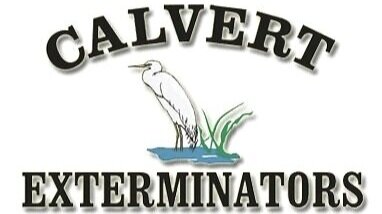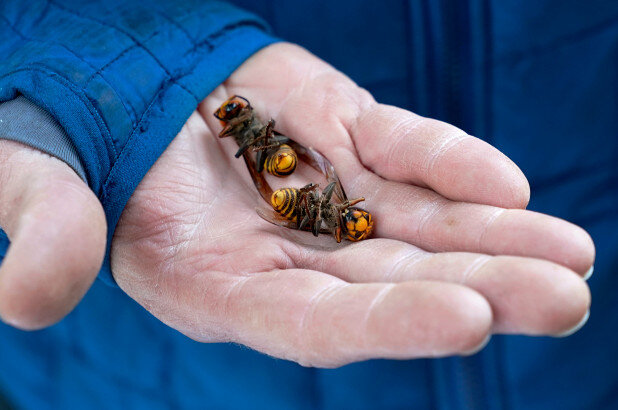European Hornet
Category: Bees, Wasps & Hornets
Actual Size: ½ to 1.4”
Characteristics: Large, brownish-colored with dull orange stripes and pale face.
Legs: 6
Antennae: Yes
Habitat: Nest in followed out trees, barns, hollow walls in buildings, attics, and even abandoned beehives.
Habits:
The only “true hornet” in the United States.
Unlike most stinging insects, these hornets are active at night.
Although large and fierce-looking, this wasp is rarely aggressive.
European Hornets in Murfreesboro TN
The European hornet, also known as the brown or giant hornet, gets its common name from being introduced to the eastern United States from Europe in the mid-1800s. These hornets are found in 30 states, from the eastern U.S. as far west as Louisiana and the Dakotas. European hornets are much larger than yellowjackets, and unlike most stinging insects, can be active at night. Adults, possibly seeking prey, come to light in the evening and can be a source of great concern for homeowners.
European Hornet Habitat
European hornets are social wasps that normally build their nests in hollow trees, but will also utilize wall voids and attics of houses. Their nests will rarely appear freely suspended like the football-shaped bald-faced hornet nests. European hornet nests are generally located 6 feet or more above ground, and will occasionally be constructed on the sides of homes. In some instances, a portion of the gray, papery nest extends outside the cavity or void. An average hornet nest will have 200 to 400 workers by late summer and they can become aggressive if they feel threatened.
European Hornet Behaviors, Threats, or Dangers
Although large and fierce-looking, European hornets will not sting unless threatened and tend to leave people alone. However, this hornet is capable of stinging multiple times, and those that may be allergic to their venom should seek medical attention when stung. European hornets can cause issues for homeowners by nesting in barns, hollow trees in yards, wall voids, or attics. When food becomes scarce in late summer, they look for sugary foods and may destroy fruit trees. These hornets are attracted to porch lights at night and will sometimes bang up against windows, causing many a distressed homeowner. If a European hornet nest is suspected on your property, it is always best to contact a professional hornet control expert.
MURDER HORNETS
Murder hornets could resurface in US this spring
First US murder hornet nest contained 500 live specimens
Scientist who captured murder hornets says they ‘gave him the willies’
Two murder hornet queens taken alive from first US nest
Scientists are warning that so-called murder hornets will present a “serious danger” this spring — and say they’re working to prevent the invasive species from becoming a permanent fixture in North America.
“This is not a species we want to tolerate here in the United States,” Sven-Erik Spichiger of the Washington state Department of Agriculture said. “The Asian giant hornet is not supposed to be here.”
Spichiger said they’re focused on eliminating as many nests as possible this spring.
“We may not get them all, but we will get as many as we can,” he said.
Paul van Westendorp of the British Columbia Ministry of Agriculture, Food and Fisheries said the insects risk causing harm to people as well as honeybees that pollinate crops.
“It’s an absolutely serious danger to our health and well-being. These are intimidating insects,” he said.
The scientists said efforts to eradicate the Asian giant hornets are mostly focused in Washington state’s Whatcom County and the nearby Fraser Valley of British Columbia, Canada, where they’ve been spotted in recent years.
As part of the battle against the hornets, thousands of traps will be set up to capture queens that are trying to establish nests.
Washington state officials will use orange juice and rice cooking wine in traps, while encouraging citizens to make their own using either orange juice or a brown sugar-based bait.
The Asian giant hornets — which are 2 inches long — were first confirmed to have arrived in Washington state in December 2019.






